How an Egg is Made?
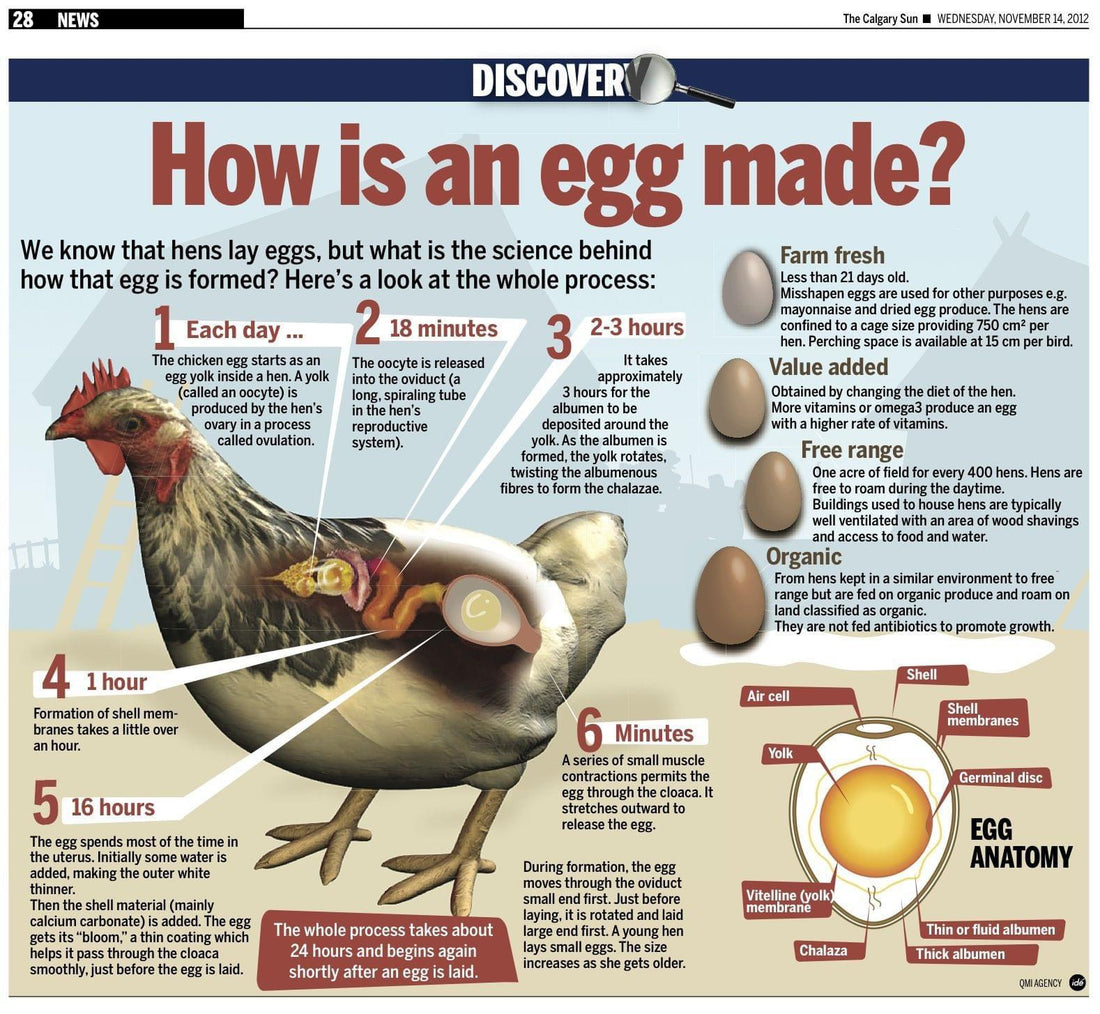
Eggs, a staple in diets worldwide, are marvels of nature's design. Understanding how eggs are formed not only satisfies curiosity but also enhances our ability to care for laying hens effectively. This is where the innovative design of ZiDtia Chicken Coops comes into play, offering a durable, iron-made haven for your feathered friends, as opposed to traditional wooden coops.
The Egg Formation Process: A Wonder of Nature
The process of egg formation is a fascinating dance of biology and timing. In healthy hens, this cycle repeats approximately every 25.5 hours, producing a new egg. This incredible efficiency is a testament to the intricate workings of nature, where each component of an egg is methodically assembled from the inside out.
The Journey of the Egg Yolk: From Ova to Yolk
The egg's journey begins as a tiny ova, taking about a week to mature into a yolk. This yolk, visible in the heart of a boiled egg, reveals a history of its formation - the darker and lighter rings indicating day and night cycles. Such intricate details reflect the precise biological clock governing egg production.
The Role of the Oviduct: Crafting the Egg White
As the yolk travels through the oviduct, it is encased in the egg white, or albumen, a mixture rich in proteins, water, and minerals. The egg white not only provides nutritional value but also cushions and protects the yolk.
The Chalaza: An Egg’s Hidden Anchor
Within the egg lies the chalaza, twin spiral bands that hold the yolk in place, ensuring it remains centered. These strands are essential for the structural integrity of the egg, playing a crucial role in the development of the embryo in fertilized eggs.
Shell Membranes and Their Formation
Before the shell forms, the egg gains two vital shell membranes. These layers offer additional protection, safeguarding the egg's contents from bacterial invasion and physical damage.
The Egg Shell: Nature's Ingenious Packaging
The egg finally receives its outer shell in the uterus. Composed of calcium carbonate, this shell is a marvel of natural engineering - thin, yet remarkably strong. The same material forms the backbone of marble and chalk, showcasing nature's recycling of elements.
ZiDtia Chicken Coops: Ensuring Ideal Egg Production
For optimal egg production, the environment plays a pivotal role. ZiDtia Chicken Coops are engineered to provide the ideal conditions for laying hens. The iron construction ensures durability and safety, protecting hens from predators and harsh weather conditions. Additionally, these coops are designed to maintain the right balance of light and temperature, critical factors influencing the egg-laying cycle.
Temperature and Light: Their Impact on Egg Production
Egg production is sensitive to changes in light and temperature. Hens require a specific amount of light per day to maintain regular laying patterns. ZiDtia Chicken Coops can be equipped with artificial lighting to supplement natural light during shorter days, ensuring consistent egg production throughout the year.
Feeding for Optimal Egg Health
The health of an egg is directly linked to the hen's diet. Laying hens require a balanced diet rich in calcium, proteins, and essential nutrients to produce high-quality eggs. ZiDtia Chicken Coops facilitate easy access to feeders and waterers, allowing for efficient and hygienic feeding practices.
Hygiene and Health: Key to Quality Egg Production
Cleanliness is crucial in egg production. Regular cleaning and maintenance of the coop prevent the spread of diseases and parasites. ZiDtia Chicken Coops are designed for easy cleaning and maintenance, ensuring a healthy environment for your hens.
Egg Collection and Storage: Best Practices
Proper egg collection and storage are vital for preserving the quality and safety of eggs. ZiDtia Chicken Coops offer convenient access for egg collection, minimizing stress on the hens and reducing the risk of egg breakage.
Common Myths about Egg Production Debunked
Several myths surround egg production, such as the belief that only certain breeds of hens can lay eggs daily. In reality, the frequency of egg laying depends more on the hen's health, diet, and environment, all of which are optimized in a ZiDtia Chicken Coop.
The Lifecycle of a Hen in a ZiDtia Chicken Coop
Understanding the lifecycle of a hen is crucial for effective egg production. ZiDtia Chicken Coops provide a safe and nurturing environment for hens at every stage of their life, from pullets to mature layers.
Sustainable Practices in Egg Production
Sustainability in egg production is becoming increasingly important. ZiDtia Chicken Coops are designed with sustainability in mind, using durable materials and incorporating features that reduce waste and energy consumption.
Innovations in Chicken Coop Design by ZiDtia
ZiDtia is at the forefront of chicken coop design, constantly innovating to meet the needs of modern poultry keepers. Their coops are not only functional but also aesthetically pleasing, blending seamlessly into various settings.
Choosing the Right ZiDtia Chicken Coop for Your Needs
Selecting the right chicken coop is essential for successful egg production. ZiDtia offers a range of coops to suit different needs and preferences, from small backyard setups to larger commercial operations.
Conclusion: The Future of Egg Production with ZiDtia
In conclusion, understanding the process of egg formation is key to successful poultry keeping. ZiDtia Chicken Coops, with their innovative design and robust construction, play a vital role in this journey, offering a perfect blend of functionality and sustainability. As we look to the future, the role of such advanced coops in revolutionizing egg production cannot be overstated.
No comments


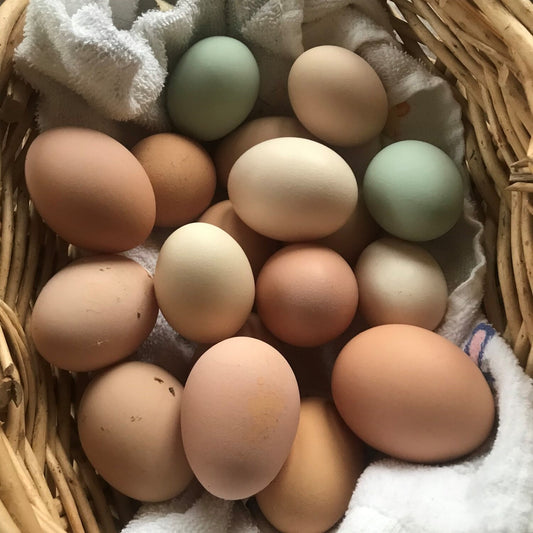

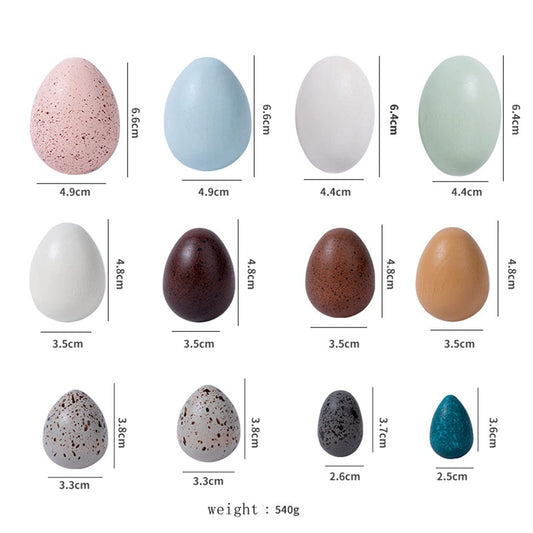
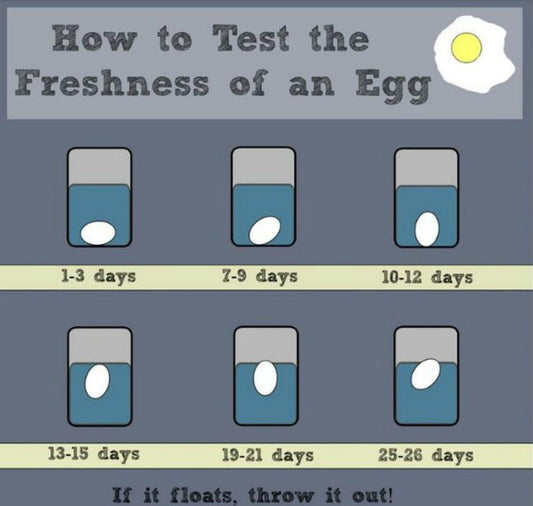
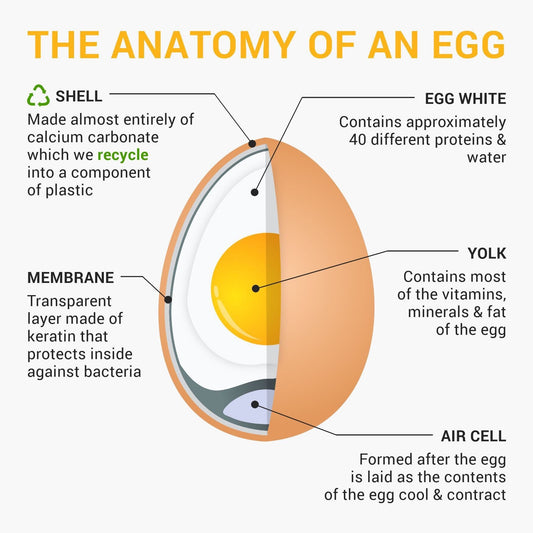


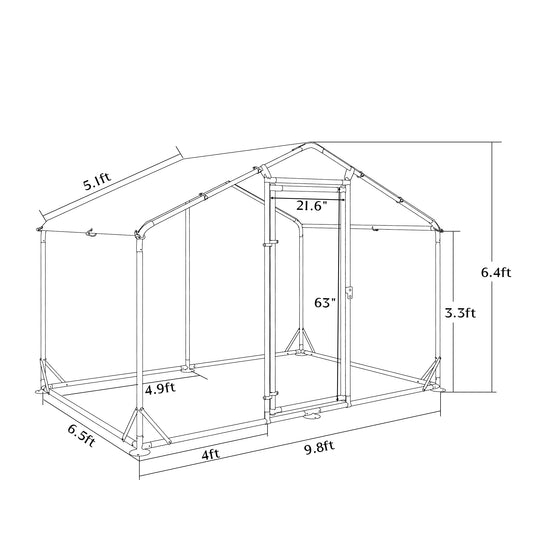
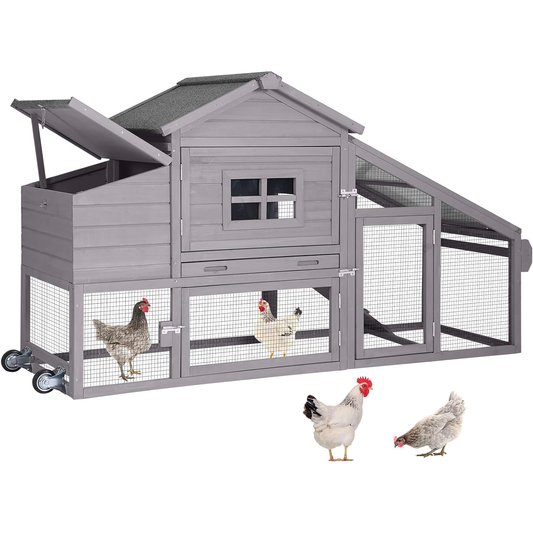

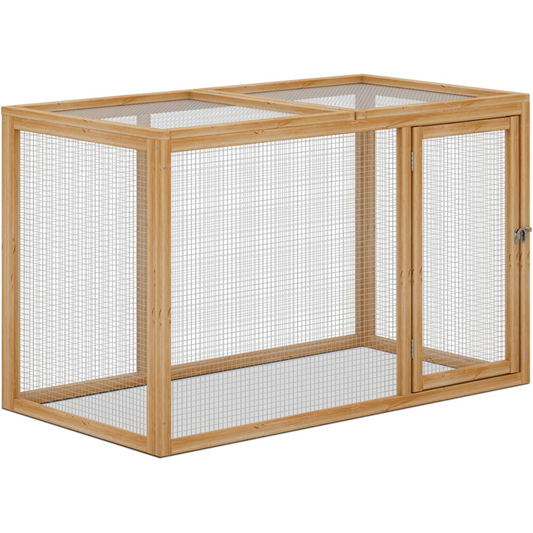

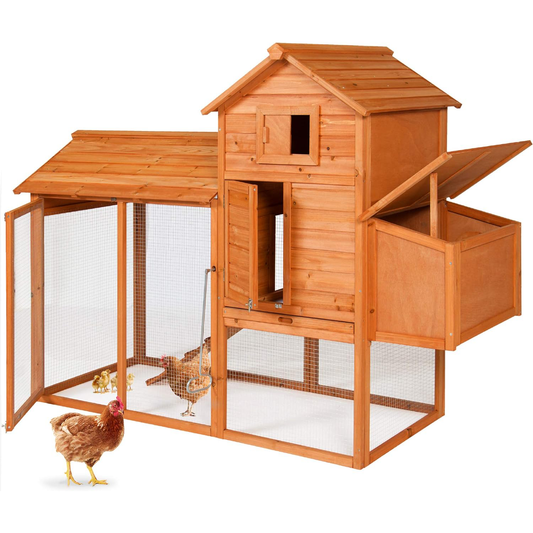





0 comments